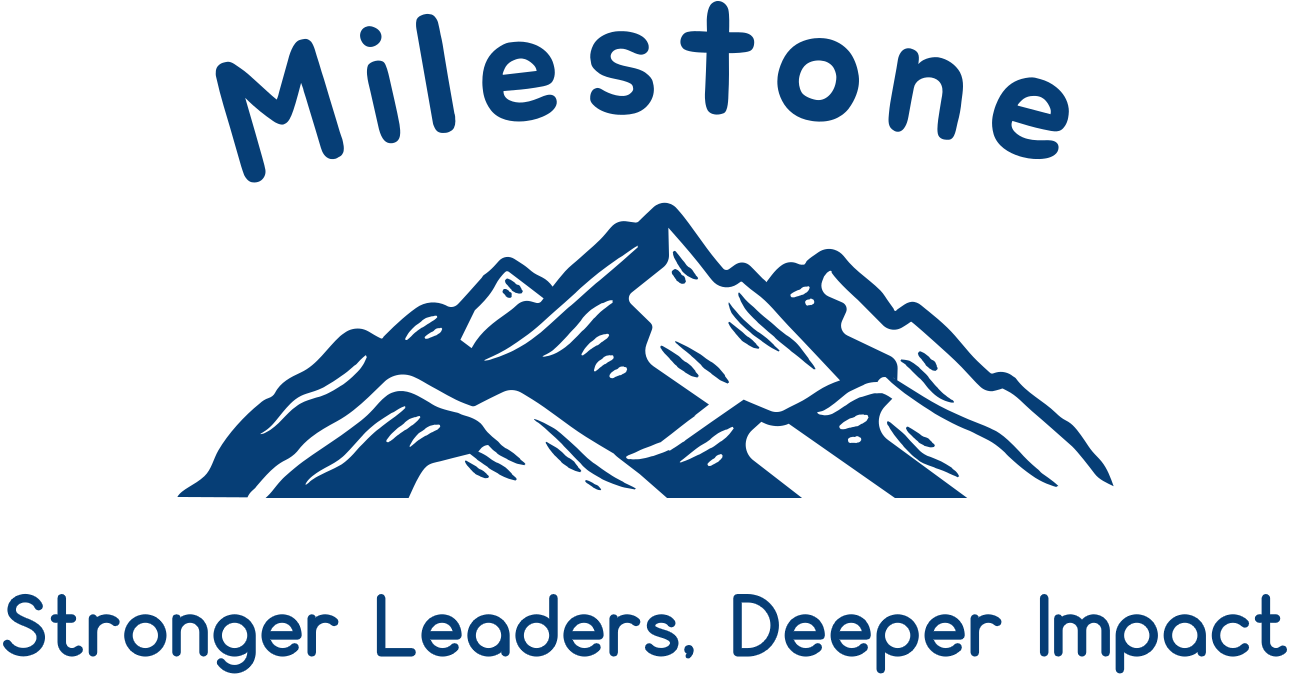Expanding your Limits: Leadership Lessons from 29029 Aspen
This past weekend, I stood at the base of Ajax Mountain in Aspen Colorado. I was there for an endurance event focused on climbing this mountain again and again until I climbed the equivalent of 29,029 feet, which correspond to the height of Mount Everest. That’s the challenge of 29029: 36 hours to climb the equivalent of the world’s tallest peak, one ascent at a time.
I expected it to be tough. What I didn’t expect was how much of it would be about leadership, not of others, but of myself.
Here are a couple of the leadership lessons that I had to work through during this event.
Lesson 1: Keep Going When You’re Tired
At some point in every climb, and in every leadership journey, you hit a (perceived) wall. You’re tired, you’re not sure if you are making progress, your mind is trying to figure out shortcuts, and it’s easy to come up with reasons to stop.
What Aspen reminded me is that progress doesn’t always come when you are feeling strong. Sometimes it’s just about moving forward. One more step. One more lap. One more conversation you don’t want to have but know you need to.
Great leaders aren’t defined by how they perform when things are easy. They’re defined by how they show up when the tank is empty. Continuing when you’re tired isn’t just endurance — it’s commitment.
Angela Duckworth, who is best known for the concept of grit, once said that perseverance often matters more than talent. She wasn’t talking about ultramarathons or mountain climbs; she was talking about showing up for the hard, unglamorous work when no one’s watching. The same principle applies on the mountain and in leadership: progress is built one deliberate step at a time. if you have the opportunity, read her book, “Grit”, which does a great job of describing the combination of passion and perseverance that is often more important than talent.
Eliud Kipchoge, the first person to run a marathon in under two hours (!!), is another great example of this lesson. He trains in simplicity, rising early, eating plain meals, and running hundreds of miles a week, even when he is tired. During that his historic run in Vienna, when he crossed the finish line smiling after 26.2 miles of sustained hard effort, he shared a quote that I really love, “No human is limited.”
That line stuck with me this last weekend. It’s not that we don’t have limits, it’s that we discover new strength only when we keep going long after we want to stop.
Lesson 2: Resilience Lives Beyond the Edge
The hardest part of 29029 wasn’t physical. It was mental. It was the voice that frequently said, “This might be as far as I can go.”
That’s the moment resilience is built — right past that edge.
Every time we push ourselves a little further than we thought we could, we expand what we believe is possible.
Ernest Shackleton’s expedition to Antartica faced unimaginable exhaustion and other challenges, yet he refused to quit. When his ship, Endurance, was crushed by ice, Shackleton and his crew spent months stranded in the Antarctic. Despite exhaustion, hunger, and near hopelessness, he never stopped leading. He rowed lifeboats, navigated storms, and kept his team’s morale alive, and eventually and saved every man under his command. Simon Sinek shares more about this story in his book, “Leaders Eat Last”.
Another great example is Katherine Johnson, whose story was made famous in the book (and movie) “Hidden Figures”. As a NASA mathematician in the 1960s, she verified John Glenn’s orbital flight path by hand double-checking the computers’ calculations through lots of long nights and immense pressure. In the movies there is an interesting reference to Glenn who wouldn’t fly until Johnson confirmed the numbers herself, saying, “If she (Katherine) says they’re good, then I’m ready to go.” Her story is a reminder that resilience isn’t always obvious; often it is doing your best work when you’re tired, unseen, and under pressure because others are counting on you to get it right.
Both examples are good reminders that resilience isn’t about brute strength; it’s about purpose, discipline, and the commitment to keep moving forward.
The Climb Continues
29029 Aspen wasn’t just an endurance challenge; it was also a reminder that leadership isn’t about avoiding exhaustion or struggle, it’s about finding the strength to move through it.
At Milestone Leadership, we believe clarity, resilience, and balance come from the same place. From testing your limits, reflecting on what you learn, and showing up stronger the next time.
Sometimes leadership looks like a summit. More often, it looks like taking one more step.
